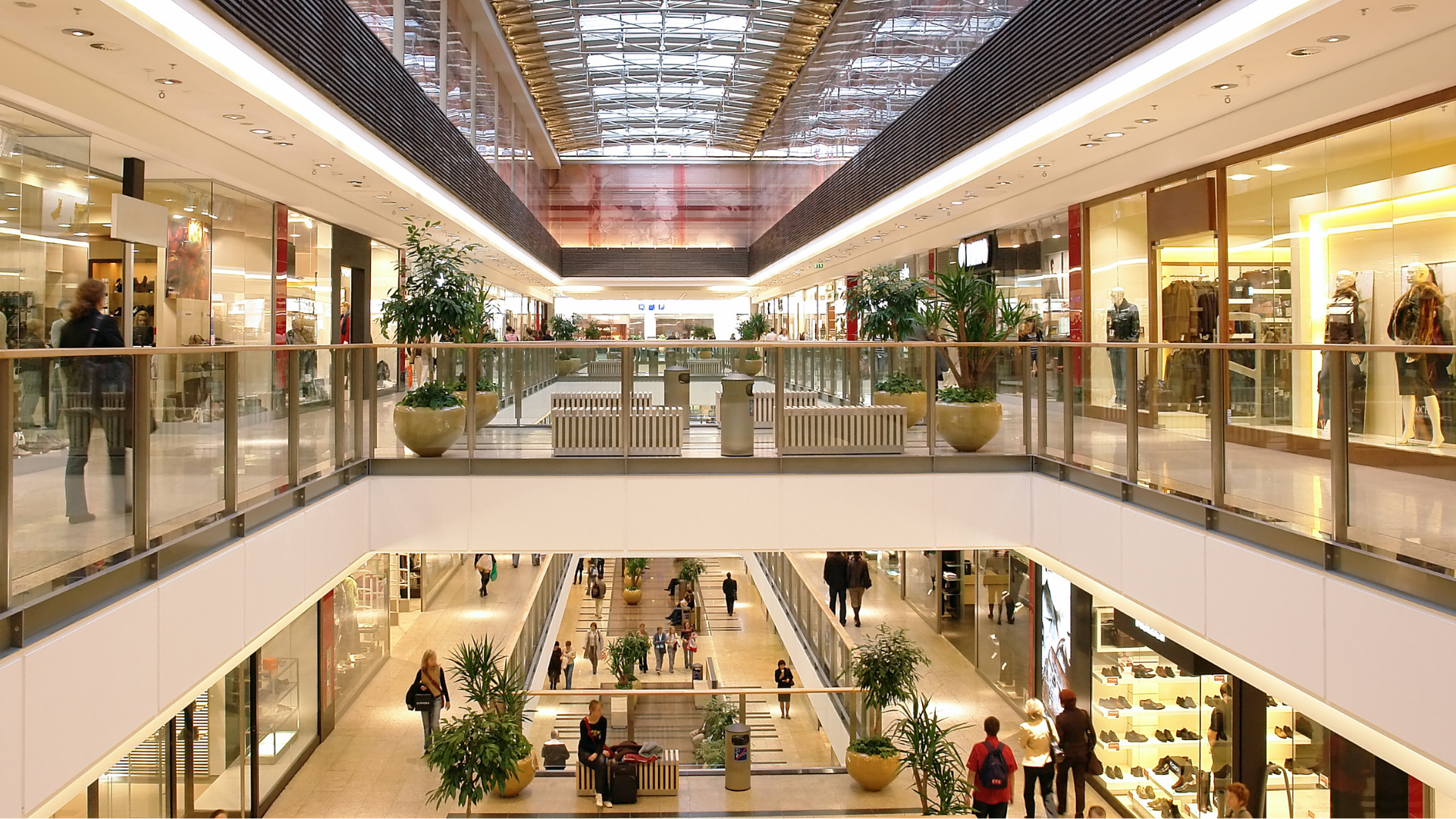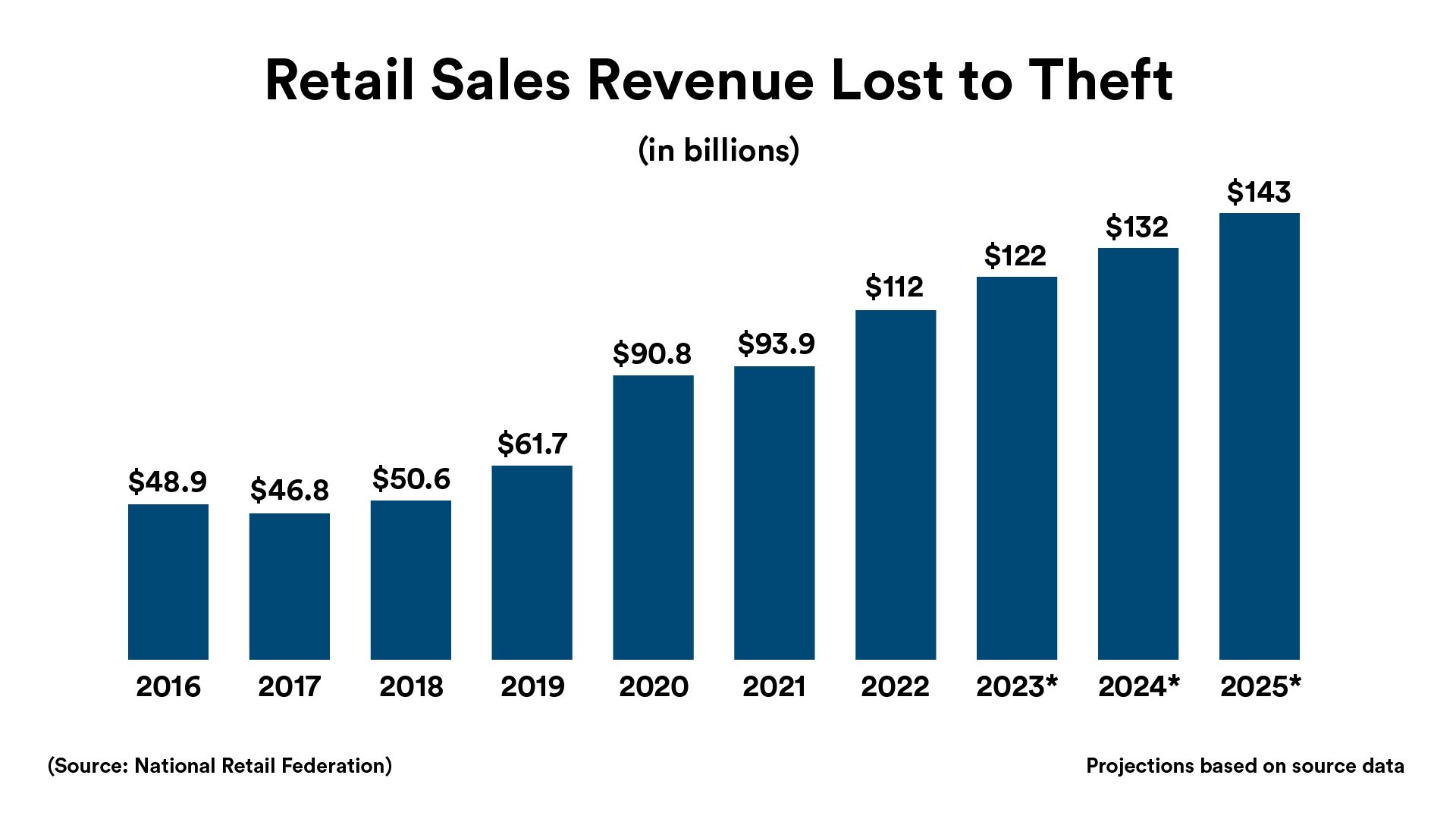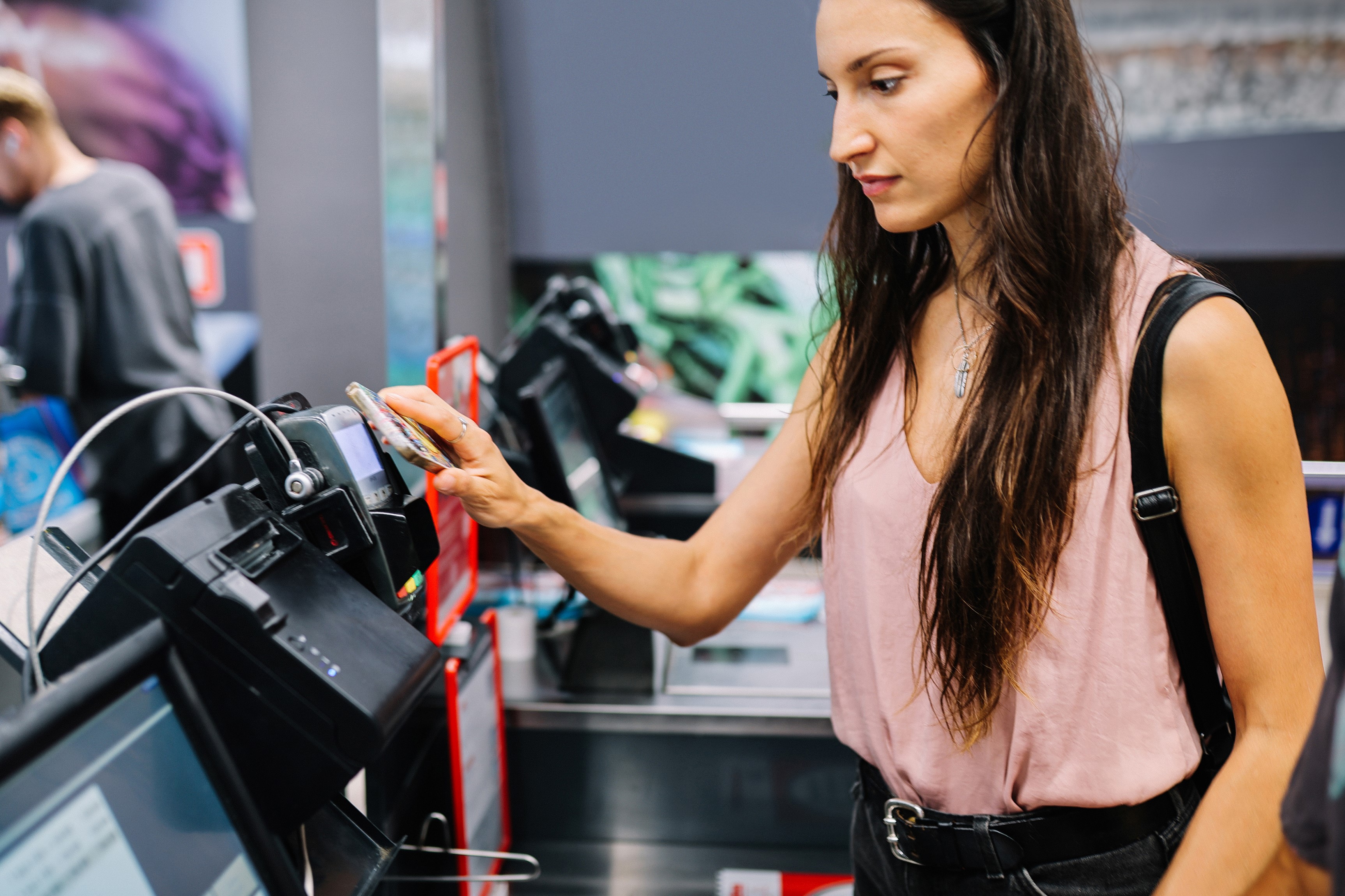Ways to defend against organized retail theft and crime
Discover steps retailers can take to reduce the risks and impacts of ORC, protect their assets, and create a safer shopping environment for their customers.

Organized retail crime (ORC) and theft take a significant toll on the global economy each year. According to research from the IHL Group, retail losses reached $1.77 trillion worldwide so far in 2023. By 2025, shoplifting could cost retailers over $140 billion in the US alone. To recover from these losses, retailers often raise prices, impacting everyone and exacerbating inflation concerns.

The impact of retail crime
The repercussions of retail crime extend far beyond the storefront, significantly affecting the community. Here’s how:
- Strain on law enforcement: The increase in criminal activities takes a toll on law enforcement. Having to deal with retail crime strains resources and takes away from time dedicated to maintaining public safety.
- Store closures: In some cases, retailers are forced to close unprofitable stores due to rampant crime. In the food industry, this can lead to shortages and limit access to essential goods.
- Unsafe work environment: Retail crime incidents contribute to a dangerous work environment, prompting high employee turnover as staff members feel increasingly vulnerable.
- Negative shopping experience: Measures taken to prevent theft, like using empty product boxes as "ghost products," can affect customers' in-store experience. These tactics create a sense of distrust for both organizations and the community.

How can you fight retail crime?
Dealing with retail crime demands team effort and dedication to a comprehensive strategy from everyone involved. But how do you find a balance between reasonable security measures and a frictionless customer experience?
Here are steps your organization can take to reduce the risks and impacts of ORC. These will help you protect your assets and create a safe shopping environment for customers:
Cart locks
Implementing cart locks is a non-confrontational yet effective loss prevention tool.
This proves effective against ORC groups known for targeting stores. These individuals often try to steal a large quantity of goods and make a quick getaway to their cars in the parking lot.
Deterrence tools
Using public monitor displays and Body-Worn Cameras (BWC) is a proactive measure to deter potential thieves. These tools also contribute to a safer retail environment.
Self-checkout management
Creating a balanced protocol during self-checkout interventions is crucial. Monitoring customers closely and asking to verify their receipts at self-checkout registers can make them uneasy. Retailers must have enough measures in place to detect dishonest behavior without causing unnecessary inconvenience to customers.

Product protection technology
More and more retailers have implemented RFID tags and anti-theft devices to protect their products. Some retailers opt for extreme measures such as locking entire aisles behind glass. However, innovative solutions like mobile app-controlled locks on product display cases that can be picked up provide a middle ground—by enhancing retail security without sacrificing customer autonomy.
Video surveillance
Video serves as a valuable learning tool, particularly in uncovering scams at self-checkouts. Retailers can identify and address fraudulent activities by reviewing surveillance footage, contributing to ongoing loss prevention efforts. Having your point-of-sale data unified with your video surveillance system makes it easy to search for transactions and quickly validate suspicious events. It allows you to filter through transactions using specific search criteria, such as purchases made with a gift card, purchases above a certain dollar amount, refunds, and more, and visually validate them in seconds.
Besides protecting products from theft, organizations should create a dedicated team to investigate retail crime. These teams can rely on data and surveillance footage to understand the full extent of the issue.
Encouraging collaboration between retailers, law enforcement, and stakeholders is vital for sharing resources and intelligence. For example, a digital evidence management system (DEMS) can help retailers gather their own evidence and share digital files with law enforcement with the click of a button.
Organizations can also seek insights from risk advisory services to develop effective mitigation strategies. This involves assessing vulnerabilities, implementing advanced surveillance and RFID tagging solutions, and strengthening supply chain security. Utilizing protection services, conducting regular audits, promoting employee training, and advocating for stricter legislation against ORC are additional measures to safeguard against theft. Also, investing in the right technology can make all the difference.
